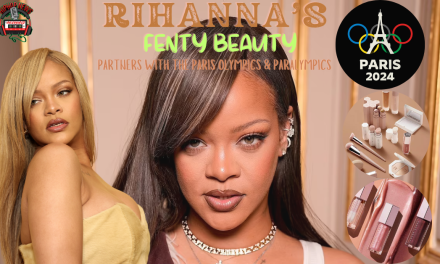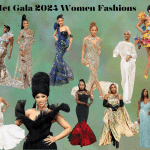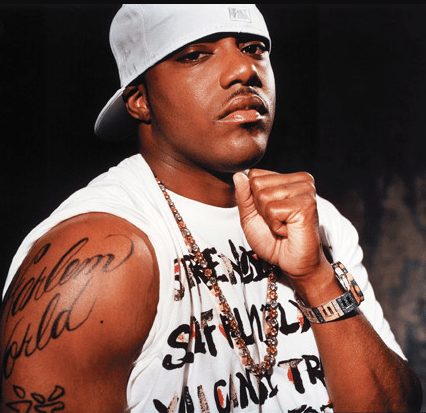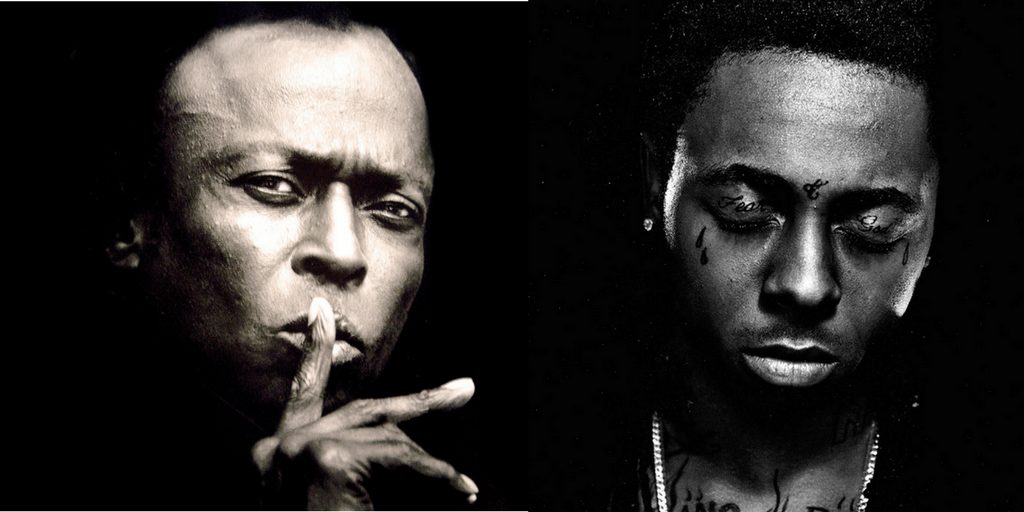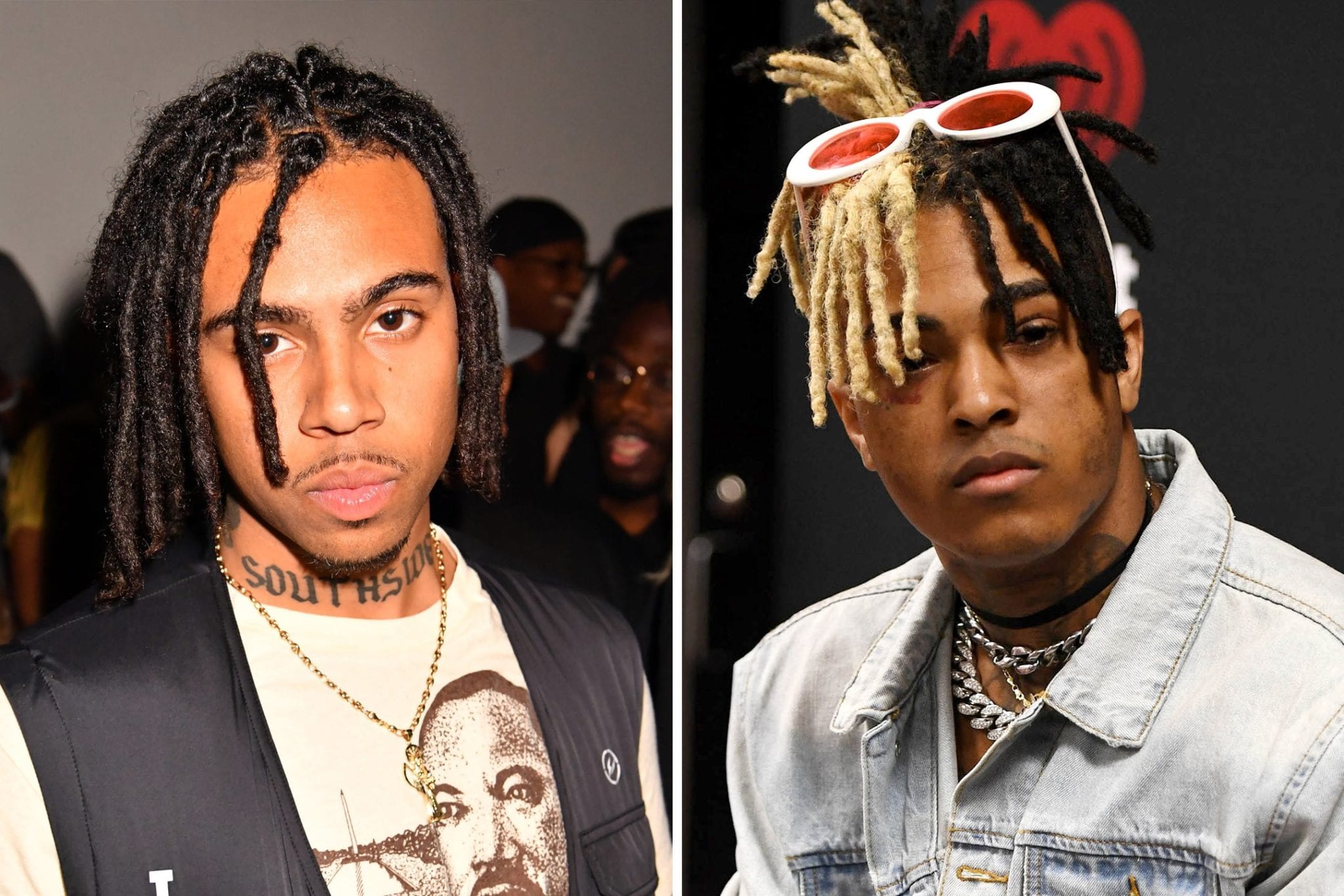
Female Rap Artists Undeniable Impact On Hip Hop Music And Culture
Female rap artists undeniable impact on Hip Hop music and culture.
Female rap artist formerly known as MC’s rocked the mic just as hard as their male counterparts. However, not many female rappers are celebrated for the impact they have had on the Hip Hop culture or music. When asked who rock the mic the hardest some may have mixed reviews. However, you can’t deny that some female rappers are just as hard core on the mic as are males.
Musical influences on Hip Hop Music and Culture
Almost every music genre has had some influence on the Hip Hop Culture. Although,the origin of Hip Hop was created by youth in New York. If you were to ask any artist they will tell you that the music there parents, aunts, uncles, and grand parents played at their houses greatly impacted the musical sound. Jazz, Reggae, Soul, Rhythm and Blues, Calypso, Latin and of course, African music, especially the drum beat can be heard within the Hip Hop style of music.
Also, the Black Church played a very significant role in Hip Hop music and culture, as well. Black preachers and clergy combined testimonials and parables in a way that engaged the audience and brought their sermons to life. If you take a closer look at rapping style you can most certainly trace it back to some methods of preaching.
In addition, The God Father of Soul, James Brown’s music has been sampled more than any other and has impacted more Hip Hop artist than any other person.
James Brown was born in Augusta, GA on May 3, 1933, long before the south was “dirty” and surely before American continental geography were places of pride for hip hop talent. Yet, starting in the 1980s, we witnessed a growing popularity of emerging hip hop artists use JB’s signature “one-three” beat from James Brown as motivation for music that became a part of a new genre of music we now call “hip hop”.
The soul and rock legend, often revered as “the hardest working man in show business”, Mr. Brown, whose career spans nearly 60 years, handcrafted a new culture and genre of music with an eclectic, polyrhythmic blend of soul, rock, funk and R&B. Despite being banned from performing at “white” establishments for several decades, battling racism and while fighting for social justice, James Brown was a visionary, pioneer and trailblazer who worked tirelessly while pursing his career and perfecting his craft
JB’s musical influence and sound can still be heard in hip-hop songs, starting from the first modern duo to sample one of Mr. Brown’s songs, Erik B. and Rakim‘s “Erik B. Is President” back in 1986, which is classic hip hop anthem.
Since then, other artists including (but most certainly not limited to) DJ Jazzy Jeff & The Fresh Prince, Snoop Dogg, Coolio, MC Hammer, DJ Magic Mike, The 2 Live Crew, Digable Planets, Craig Mack, Redman, Geto Boys, Grand Master Flash & The Furious Five, Artifacts, Lords Of the Underground, The Fat Boys, Jaz, Scarface, Salt N Pepa and Chubb Rock have all recorded songs with samples from the one and only, “Godfather of Soul”. (The Source)
Another early and continuing influence on Hip Hop culture is the competitive oral competition called “playing the dozens”, which combines humorous insults and oral skills in a battle to shock and ultimately silence one’s opponent. The late great boxer Muhammad Ali, who used short rhymes to belittle his opponents and stupefy pundits. In Hip Hop the “dozens” grew into the tradition known as “battling” in which rappers face off against each other to see who has the best lyrics and stylistic flow, ( oxford.com).
Famous Women in R & B influence on Hip Hop Music and Culture
Nina Simone once said that”an artist’s duty is to reflect the times.” Simone’s music has such an impact on African American culture that she was inducted into the “Rock And Roll Hall of Fame”
Singer, song writer and actress Mary J Blidge had the honor of presenting Simon’s music in the ceremony where Simon was inducted into the Rock & Roll Hall of Fame this year. In her speech Blidge stated that ,Simon earned the title”High Priestess of Soul” because she could sing jazz, blues, spirituals, folk songs, show tunes, children’s songs songs by Bob Dylan, the Bee Gees and George Harrison. But everything she sang, she made her own. Blidge also admitted that she loved to listen to Simon and that Simon greatly influence her music.
It appears that Simone was able to influence and bring awareness to the plight of Blacks through her music and activist stance. Certainly black female artist would love to have that kind of impact on society today.
Another great singer, Millie Jackson changed the game of rap forever in 1974 when she dropped “Caught Up”, a honey -drizzled concept album about heartbreak, infidelity and emotional complexities of love. Jackson raps on one of her songs and this example and style of rap bought a new perspective of how women were just as fierce as were men. Especially, because until then women rarely expressed their true feeling for fear of being ridiculed.
The Great Debate on the Origin of Hip Hop Music and Culture
There has been some debate on whether hip hop culture and music got its start in the South Bronx. Whether you believe it or not certainly, the hip hop movement was first recognized in South Bronx, New York. While music artist were instrumental in influencing the hip hop culture, the “Civil Rights Movement” and “The Womens Liberation Movement” had even greater influences on hip hop.
In the mid to late 1970s the cultural shockwave that would be known as hip hop emerged from the economic paralysis of New York City, especially the neglected black and Latino neighborhoods in the Bronx. However, while hip hop music was born in the Bronx, it both is part of and speaks to a long line of black American and African diasporic cultural traditions.
Much of what is written about hip hop traces this culture through a series of stages, from a music- and dance-focused phenomenon created for and by people “on the block” to a dominant global youth culture. Many observers also make a connection between rap and West African griot tradition, the art of wandering storytellers known for their knowledge of local settings and superior vocal skills. Additionally, rhymed verses are an important part of African American culture in both the public and private realms,(oxfordaasc.com)
Black empowerment, black awareness and black pride emerge
In the 1960’s and “70’s the Black Panthers raised the conscience of black people.The Black Panther Party, original name Black Panther Party for Self-Defense, African American revolutionary party, founded in 1966 in Oakland, California, by Huey Newton and Bobby Seale,was probably the first time people in inner cities found their voices and were not afraid to bring about change through revolution.
The party’s original purpose was to patrol African American neighborhoods to protect residents from acts of police brutality. The Panthers eventually developed into a Marxist revolutionary group that called for the arming of all African Americans, the exemption of African Americans from the draft and from all sanctions of so-called white America, the release of all African Americans from jail, and the payment of compensation to African Americans for centuries of exploitation by white Americans. At its peak in the late 1960s, Panther membership exceeded 2,000, and the organization operated chapters in several major American cities. Equally important, was the great impact of the Womens Right Movement.
Civil Rights Movement impact on hip hop culture

Womens Rights Movement Influence of Women in Hip Hop Culture

The woman suffrage movement actually began in 1848, when a women’s rights convention was held in Seneca Falls, New York. … For the next 50 years, woman suffrage supporters worked to educate the public about the validity of woman suffrage.
Rap and break dancing and graffiti was a form of black expression. Many inner city youth found a way to express what was going on around them inner city communities. These express art styles were ways to rid youth of the feelings associated with living in the “Ghetto.” New York has always been a hub for immigrants. Immigrants from all over the world came to America in search of a better live but found that poverty was awaiting them here, as well. Although, some immigrants like Italians, Jews, Irish and other ethnic groups managed to pull themselves and their families out of impoverished conditions many blacks were not as fortunate. Slavery and its affects on the black community kept black families from economic success.
Break dancing

Graffiti Art
Blacks moved to the North and West to escape poverty in the South but soon found out living conditions were not much better. The lack of education and poor resources took a toll on families. Many ended up living in housing projects aka Ghettos.
Living in the Ghetto was quite an experience for many black families. Young black male and females needed to fin and outlet to help express their feelings about living conditions in the community. Young people both boys and girls started meeting in hallways, parks, basements and apartments and starting rapping on mics, battling one another and dancing.
All-female crews like The Mercedes Ladies hosted parties, rocked the mic with sick lyrics, busted the same fierce dance moves as their male counterparts—without exploiting their femininity or female physiques. The Mercedes Ladies are not well-know today, as they never pursued recording and releasing music—the most tangible legacy of hip-hop today. They were some of the early seeds of the Bronx, New York movement that blossomed into a full-fledged cultural phenomenon.
One of the first prominently recorded female rappers of the movement was MC Sha Rock. She first hit the scene in the late 70’s with the rap group The Funky Four Plus One. Singled out as the only female of the ensemble, Sha Rock was the “Plus One”. Making rap and hip-hop television history, The Funky Four Plus One were the first music artists to appear on national broadcast television. In 1981, progressive rock group Blondie—the featured performer on an episode of Saturday night Live—chose The Funky Four and a 19-year old Sha Rock as their special musical guests for the last live music slot of the show. The group performed their song “That’s The Joint”. When the group disbanded, Sha Rock went on to form an all-female rap group, Us Girls—who were featured in the 1984 groundbreaking film Beat Street.
Other female rappers began making their mark in Hip Hip. Great Emcees such as:
Sister Souljah was a politically charged rap artist who embodied her blackness. She was on of the most controversial rappers of all time. Souljah was featured rap artist with Public Enemy rap group. She became a full member of the group when Professor Griff left.
MC Lyte changed hip-hop’s portrait of a female rapper without changing her outfit. She cloaked her style in dignity, integrity, and best of all, superiority. Lyte could run circles around most of her peers — male or female. Her deft wordplay, swift delivery, butter-smooth flow make her the undeniable queen of hip-hop
Lauryn Hill was already in contention for the crown long before winning five Grammy’s for her debut, The Miseducation of Lauryn Hill. As one-third of the Fugees, L’ Boogie quickly established herself as the most talented artist of the crew. By seamlessly blending jaw-dropping lyricism with social commentary, Hill helped make The Score the centerpiece of the Fugees’ catalog and, more significantly, an undeniable hip-hop classic.
Eve was running the game with her Ruff Ryders comrades. Anthems like “Satisfaction,” “Gangsta Lovin'” and “Let Me Blow Your Mind” showcased her unique ability to appeal to a broad audience without losing her edge. Eve left to pursue acting, making her box-office debut in 2002’s XX. She also starred in Barbershop and The Cookout. But the self-named “pitbull in a skirt” couldn’t stay away from her first love for too long. In 2013, she staged a feisty comeback with the solid Lip Lock
Da Brat, Shaunice Harris, was discovered by Jermaine Dupri in 1992. At the time, there were only a handful of female rappers doing work. Still, the Chicago native proved unstoppable. Da Bra-ta-ta sidestepped the sexually charged image of the Foxy Browns and the Lil Kims, relying instead on her double-time flow and dashing delivery. The approach was good enough to make her debut, 1994’s Funkdafied, the first platinum-selling album by a female solo rapper.
Foxy Brown, Inga DeCarlo Fung Marchand, logged a slew of memorable guest spots early in her career. Before she ever released an album she was dropping jewels on LL Cool J’s “I Shot Ya” and Jay-Z’s “Ain’t No N***a,” none of which would’ve sounded the same without Fox Boogie’s catchy couplets. Her impressive cameo run launched a bidding war in the mid-90s, with Def Jam winning her signature. Brown’s proper introduction, 1996’s Ill Na Na, featured some of the biggest names in rap and sold over and sold over a million copies
Lil’ Kim. Kimberly Denise Jones, The Naked Truth was the first album by a female rapper to receive the prestigious 5 mics award from The Source. In hindsight, the award was well deserved. Kim’s influence still looms large. Since her Hard Core debut in 1996, Kim has spawned a handful of emulators eager to replicate her libidinous lyrics and in-your-face attitude. When it’s all said and done, Queen Bee will go down as one of the most influential rappers of all time.
Missy Elliott, Mellisa Arnette Elliott, is not only one of the best in the business, she’s also one of the most versatile hip-hop artists of all time. A multi-faceted entertainer, Missy writes, raps, sings, crafts beats and directs music videos. Speaking of which, her music videos are some of the most innovative visuals in the game. To crown it all, no other woman has ever been able to match Missy’s commercial success — the Virginia native is the only female rapper with six platinum-certified albums.
Queen Latifah, Dana Elaine Owens, couldn’t have picked a more appropriate moniker. Thanks to her brilliant mesh of social commentary and lyrical wizardry, this queen had no problem attracting a cult-like following from the jump. Latifah was one of the first rappers to demand respect and gender equality in hip-hop. Who can forget the Grammy-winning “U.N.I.T.Y.” (from Black Reign), in which she made it clear that calling her the B-word is a quick way to get “punched dead” in the face?
By the late ’80’s, hip-hop was on its way to becoming a male-dominated art form, which is what made the emergence of Salt-n-Pepa (Cheryl James, Salt, Sandra Denton, Pepa) so significant. As the first all-female rap crew (even their DJs were women) of importance, the group broke down a number of doors for women in hip-hop. They were also one of the first rap artists to cross over into the pop mainstream, laying the groundwork for the music’s widespread acceptance in the early ’90’s. Salt-n-Pepa were more pop-oriented than many of their contemporaries, since their songs were primarily party and love anthems, driven by big beats and interlaced with vaguely pro-feminist lyrics that seemed more powerful when delivered by the charismatic and sexy trio.
There is no way we can mention every single female rap artist who greatly impacted the Hip Hop culture. However, there is no denying female rap artist there place in history at it relates to all things hip hop.
If we fast forward, we can see the powerful impact female rap pioneers have contributed to the hip hop culture.
Female rap artist changed the game. In fact, Nicki Minaj, Remy Ma, Cardi B, Azealia Banks, and a host of other rap stars borrowed from early female rap artist. Not only did female hip hop artist make great contributions to hip hop culture but they have influenced today’s R&B and gospel singers who put female rap artist on their records to add to the flavor of the sound and to appeal to a broader audience. People thought Hip Hop music and its culture would fade, however hip hop has emerged as the driving force for our culture at large. Image That!!!!

